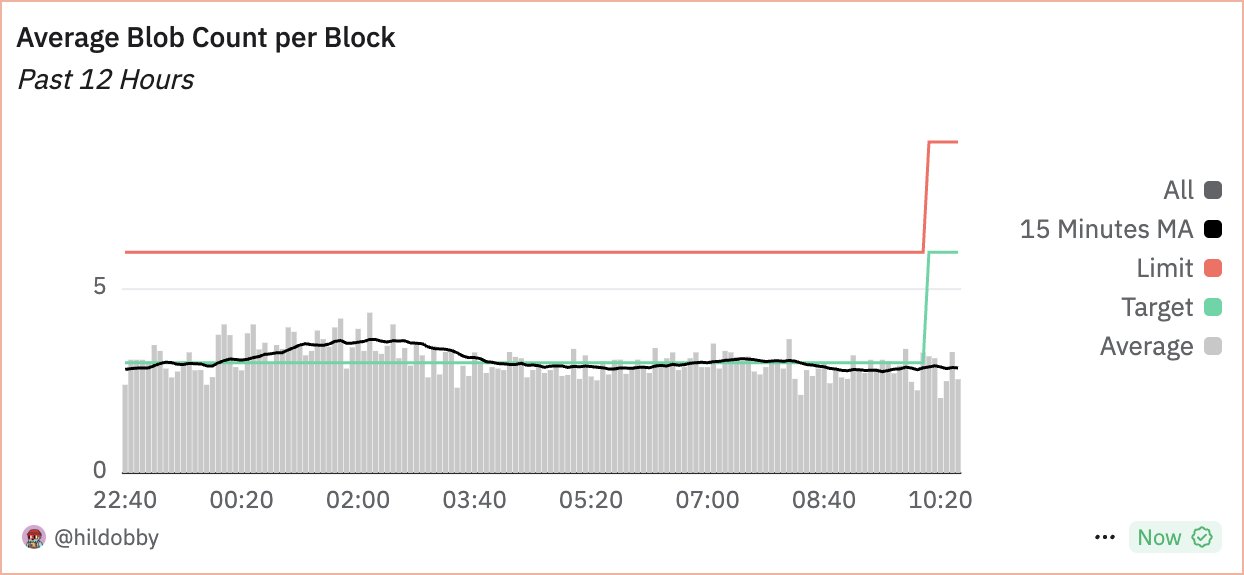Ethereum Price Outlook After the Pectra Upgrade: What Investors Need to Know

The recent Pectra upgrade has brought a fresh wave of interest to the Ethereum ecosystem. As investors watch the ethereum price, questions arise about what comes next for the world's second-largest cryptocurrency. In this article, we'll examine how these technical changes influence price trends and what traders should pay attention to in the near future.
What Is the Pectra Upgrade and Why Does It Matter for Ethereum Price?
The Pectra upgrade represents Ethereum's most significant development since the Merge. This update streamlines staking, improves wallet experience, and enhances network efficiency. Most importantly for those watching the ethereum price, these changes can make Ethereum more attractive to both retail and institutional investors.
Key highlights include raising the maximum stake per validator from 32 to 2,048 ETH. This streamlines staking operations, making it easier for large holders and businesses to participate. Improvements to smart accounts and data availability can also increase network usage, bringing more value to ETH holders.
To dive into the technical details and its market context, CoinDesk's detailed report offers a comprehensive overview of how Pectra changes the staking landscape and boosts Ethereum adoption.
Impact on Market Trends and Ethereum Price Volatility
The Pectra upgrade isn't just a technical milestone—it could also provide new momentum for the ethereum price. Historical trends show that major upgrades often lead to increased volatility, as investors try to anticipate the impact on demand and future utility. Early indicators suggest a positive market response, with ETH gaining traction compared to some peers.
As Blockworks notes in their Pectra analysis, this fork introduces features like smart accounts (EIP-7702) and increased blobspace for data, which may significantly improve user experience and network throughput. These innovations can attract new users and dApps, potentially driving up demand for ETH.
What Should Ethereum Investors Watch Next?
Staking participation is likely to increase now that the process is more efficient for large entities. Users should monitor network data to see if more ETH gets locked in staking contracts. This could reduce circulating supply, placing upward pressure on the ethereum price.
Another factor is how quickly decentralized apps and wallets integrate the new upgrade features. Adoption speed often translates to real network activity, which historically correlates with price appreciation.
Finally, keep an eye on upcoming upgrades and the overall pace of Ethereum's innovation. Pectra lays groundwork for future advancements like PeerDAS and account abstraction. Staying informed about these updates gives investors an edge in anticipating price movements.
Conclusion: Is This a Turning Point for Ethereum Price?
The Pectra upgrade raises the stakes for Ethereum, both literally and figuratively. Enhanced staking, improved user experience, and bold network changes could spur further adoption and price action. While no one can predict the market with certainty, all signs point to a more resilient and dynamic Ethereum ecosystem—potentially setting the stage for the next chapter in ethereum price history.
For continuous coverage and in-depth updates, consider following MarketWatch’s Ethereum analysis and subscribe to reputable crypto newsletters to stay ahead of the curve.